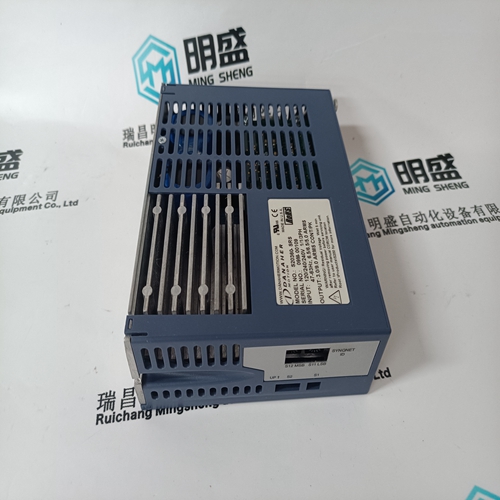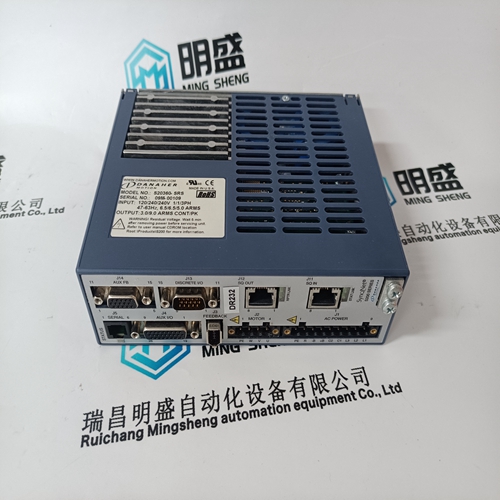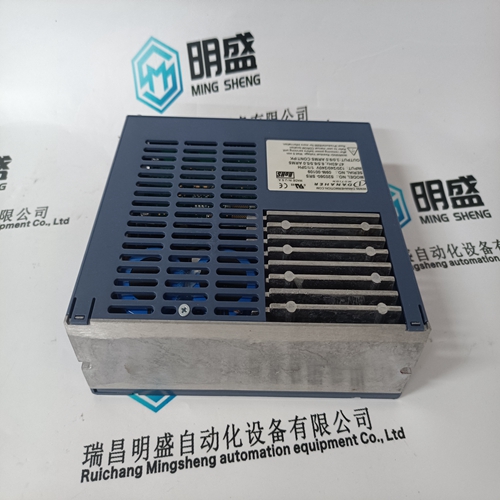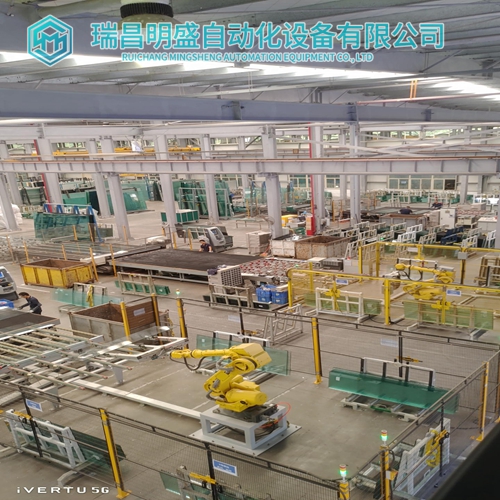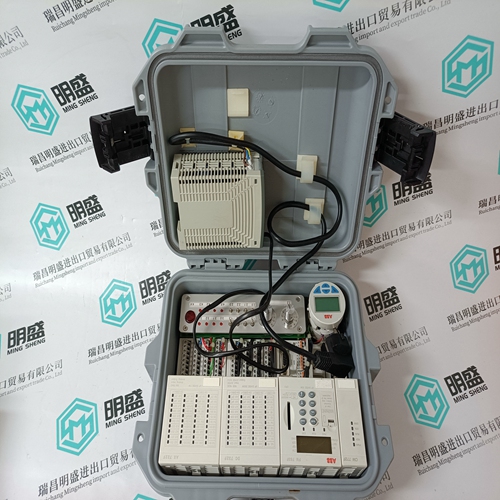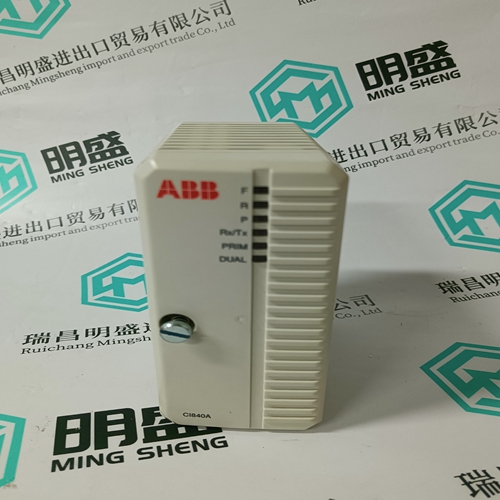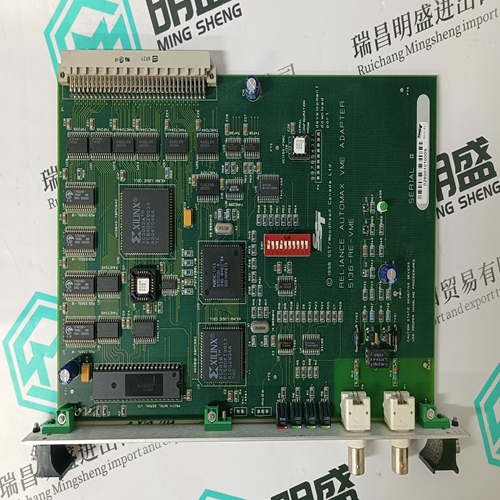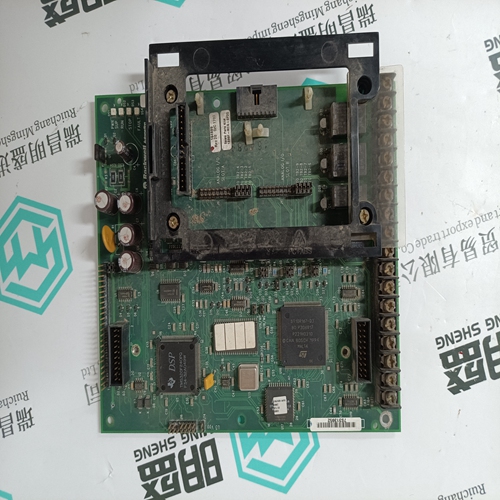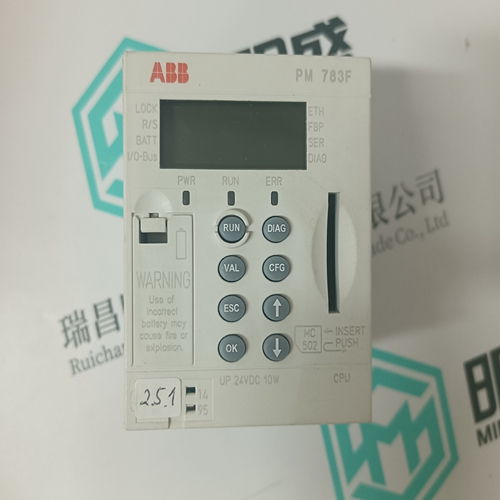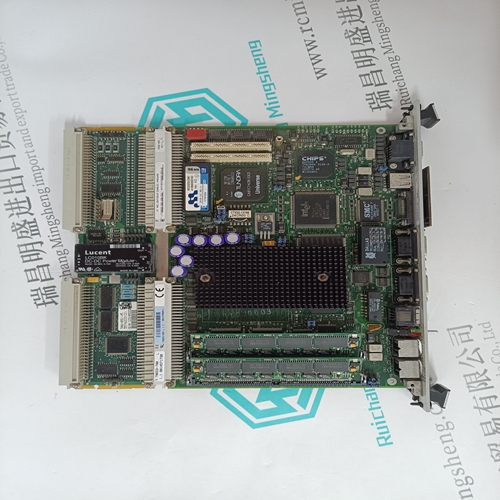Home > Product > Servo control system > DANAHER S20360-SRS Servo driver module
DANAHER S20360-SRS Servo driver module
- Product ID: S20360-SRS
- Brand: DANAHER
- Place of origin: the United States
- Goods status: new/used
- Delivery date: stock
- The quality assurance period: 365 days
- Phone/WhatsApp/WeChat:+86 15270269218
- Email:stodcdcs@gmail.com
- Tags:DANAHERS20360-SRSServo driver module
- Get the latest price:Click to consult
The main products
Spare parts spare parts, the DCS control system of PLC system and the robot system spare parts,
Brand advantage: Allen Bradley, BentlyNevada, ABB, Emerson Ovation, Honeywell DCS, Rockwell ICS Triplex, FOXBORO, Schneider PLC, GE Fanuc, Motorola, HIMA, TRICONEX, Prosoft etc. Various kinds of imported industrial parts
Products are widely used in metallurgy, petroleum, glass, aluminum manufacturing, petrochemical industry, coal mine, papermaking, printing, textile printing and dyeing, machinery, electronics, automobile manufacturing, tobacco, plastics machinery, electric power, water conservancy, water treatment/environmental protection, municipal engineering, boiler heating, energy, power transmission and distribution and so on.
DANAHER S20360-SRS Servo driver module
The 369 Thermal Model is designed to protect the motor under both starting and overload conditions. The Acceleration Timer trip feature may be used in addition to that protection. If for example, the motor should always start in 2 seconds, but the safe stall time is 8 seconds, there is no point letting the motor remain in a stall condition for 7 or 8 seconds when the thermal model would take it off line. Furthermore, the starting torque applied to the driven equipment for that period of time could cause severe damage. If enabled, the Acceleration Timer trip element will function as follows: A motor start is assumed to be occurring when the 369 measures the transition of no motor current to some value of motor current. Typically current will rise quickly to a value in excess of FLA (e.g. 6 x FLA). At this point, the Acceleration Timer will be initialized with the entered value in seconds. If the current does not fall below the overload curve pickup level before the timer expires, an acceleration trip will occur. If the acceleration time of the motor is variable, this feature should be set just beyond the longest acceleration time. Some motor soft starters may allow current to ramp up slowly while others may limit current to less than Full Load Amps throughout the start. In these cases, as a generic relay that must protect all motors, the 369 cannot differentiate between a motor that has a slow ramp up time and one that has completed a start and gone into an overload condition. Therefore, if the motor current does not rise to greater than full load within 1 second on start, the acceleration timer feature is ignored. In any case, the motor is still protected by the overload curve.
SINGLE SHOT RESTART
Enabling this feature will allow the motor to be restarted immediately after an overload trip has occurred. To accomplish this, a reset will cause the 369 to decrease the accumulated thermal capacity to zero. However, if a second overload trip occurs within one hour of the first, another immediate restart will not be permitted. The displayed lockout time must then be allowed to expire before the motor can be started. START INHIBIT: The Start Inhibit feature is intended to help prevent tripping of the motor during a start if there is insufficient thermal capacity for a start. The average value of thermal capacity used from the last five successful starts is multiplied by 1.25 and stored as thermal capacity used on start. This 25% margin is used to ensure that a motor start will be successful. If the number is greater than 100%, 100% is stored as thermal capacity used on start. A successful motor start is one in which phase current rises from 0 to greater than overload pickup and then, after acceleration, falls below the overload curve pickup level. If the Start Inhibit feature is enabled, each time the motor is stopped, the amount of thermal capacity available (100% – Thermal Capacity Used) is compared to the THERMAL CAPACITY USED ON START. If the thermal capacity available does not exceed the THERMAL CAPACITY USED ON START, or is not equal to 100%, the Start Inhibit will become active until there is sufficient thermal capacity. When an inhibit occurs, the lockout time will be equal to the time required for the motor to cool to an acceptable temperature for a start. This time will be a function of the COOL TIME CONSTANT STOPPED programmed. If this feature is turned Off, thermal capacity used must reduce to 15% before an overload lockout resets. This feature should be turned off if the load varies for different starts.
MAX STARTS/HOUR PERMISSIBLE
A motor start is assumed to be occurring when the 369 measures the transition of no motor current to some value of motor current. At this point, one of the STARTS/HOUR timers is loaded with 60 minutes. Even unsuccessful start attempts will be logged as starts for this feature. Once the motor is stopped, the number of starts within the past hour is compared to the number of starts allowable. If the two are the same, an inhibit will occur. If an inhibit occurs, the lockout time will be equal to one hour less the longest time elapsed since a start within the past hour. An Emergency restart will clear the oldest start time remaining. TIME BETWEEN STARTS: A motor start is assumed to be occurring when the 369 measures the transition of no motor current to some value of motor current. At this point, the Time Between Starts timer is loaded with the entered time. Even unsuccessful start attempts will be logged as starts for this feature. Once the motor is stopped, if the time elapsed since the most recent start is less than the TIME BETWEEN STARTS setpoint, an inhibit will occur. If an inhibit occurs, the lockout time will be equal to the time elapsed since the most recent start subtracted from the TIME BETWEEN STARTS setpoint.
